When Paraskeva Clark (1898–1986), an émigré from Russia via Paris, arrived in Toronto in 1931, the local art scene was ready for a change. The dominant wilderness landscape idiom, rooted in nationalist ideology, was no longer adequate to express the social and political turmoil that would unfold over the next two decades. Clark brought her knowledge of European art and an intuitive socialism to the work she produced in her new home. But the catalyst that made her start painting socially charged works was a chance meeting in 1936 with the Canadian physician Norman Bethune (1890–1939), who served as a frontline surgeon during the Spanish Civil War.
The following year, 1937, proved to be a significant one in Clark’s artistic development. Clark was elected a member of the Canadian Society of Painters in Water Colour, the group she exhibited with most often. She was already known for her landscape and still-life paintings, but from this point on she began to address socially relevant subjects in her work, influenced by contemporary events—the Great Depression, the Spanish Civil War—and by Dr. Bethune.

A signed photograph sent to Paraskeva Clark from Dr. Norman Bethune,
with the inscription: “To Paraskeva from Norman, Madrid 1937”
In the summer of 1936, Bethune was in Toronto to raise money to send medical aid to the Republican army in the Spanish Civil War. He, Fritz Brandtner (1896–1969), and Pegi Nicol (1904–1949) crashed a dinner party at the Clarks’ one evening—with profound implications for the artist. Up to that point, she had not been politically minded, but Bethune, who had recently become a Communist and had visited Leningrad the year before, likely encouraged her to become actively involved in the Spanish Republican cause.
As a result of meeting the charismatic Bethune, with whom she had a brief affair, Clark embarked on works based on her memories of Russia. She also exhibited her first work with political content, Presents from Madrid, 1937, a watercolour depicting the small mementoes from the war that Bethune sent her in correspondence from Spain. In April, she wrote an article in the left-wing journal New Frontier advocating a role for the artist in society and countering a piece by Elizabeth Wyn Wood (1903–1966), published earlier in Canadian Forum, arguing that artists could ignore social and political affairs.
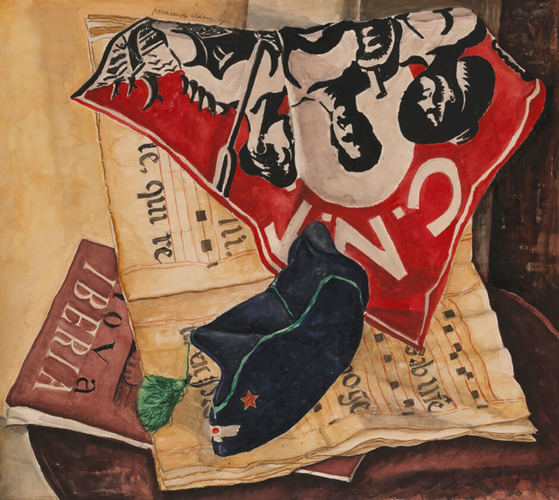
Watercolour over graphite on wove paper, 51.5 x 62 cm, National Gallery of Canada, Ottawa
In the summer of 1937, Clark produced her second painting with political content, Petroushka, 1937. She considered this canvas to be her most important work and sent it to the Great Lakes Exhibition (1938–39) and the CGP section of the New York World’s Fair (1939–40), where it would be seen by larger American audiences. Petroushka is a piece of strong social commentary whose source is veiled. It brings together Clark’s childhood memories of puppet theatre in the streets of Saint Petersburg and her response to a violent clash between police and striking steelworkers in Chicago, in which five workers were killed.
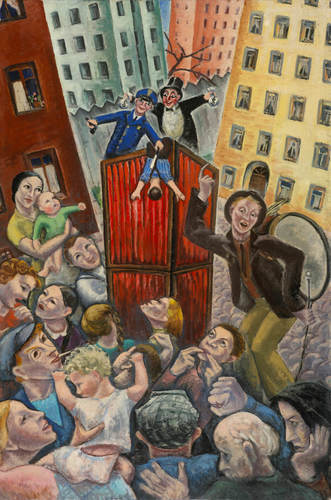
Oil on canvas, 122.4 x 81.9 cm, National Gallery of Canada, Ottawa
Clark taped the article (“Five Steel Strikers Killed in Clash with Chicago Police,” Toronto Daily Star, June 1, 1937) to the back of the canvas to document the source. She transformed the story of Petroushka (the Russian equivalent of Punch or Pulchinello) to describe the plight of the worker, subjugated by the interests of capitalism (the banker) and its enforcers (the policeman). The viewer looks down on the scene in a cobblestoned yard between apartment blocks. The crowd responds to the performance with catcalls and clenched fists—an anti-fascist symbol of unity, strength, and resistance used here to indicate the artist’s support for their cause. Two preparatory sketches, including Study for Petroushka, 1937, illustrate the evolution of the painting.
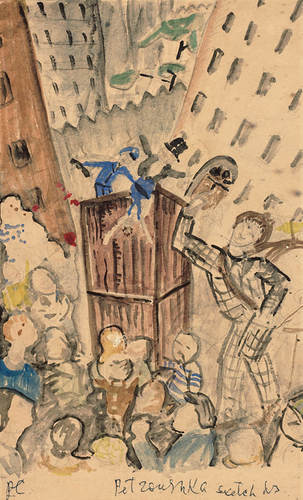
Watercolour on beige cardstock, 32.2 x 20.6 cm, National Gallery of Canada, Ottawa
In the closing years of the decade, Clark worked for the Committee to Aid Spanish Democracy and tried (unsuccessfully) to bring Pablo Picasso’s (1881–1973) Guernica, 1937, to Toronto in 1939 as a fundraising initiative to assist Spanish refugees. Clark did not produce a large number of paintings with social purpose during her career, yet they are her best-known works today.
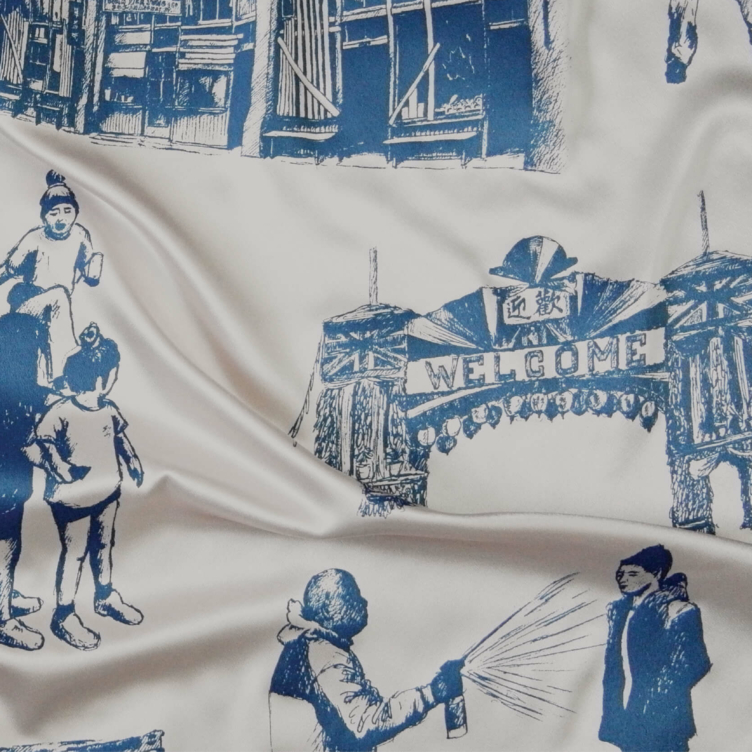 Karen Tam’s Autumn Tigers
Bridging Past and Present: Invisible Made Visible
By Imogene L. Lim, PhD
Karen Tam’s Autumn Tigers
Bridging Past and Present: Invisible Made Visible
By Imogene L. Lim, PhD
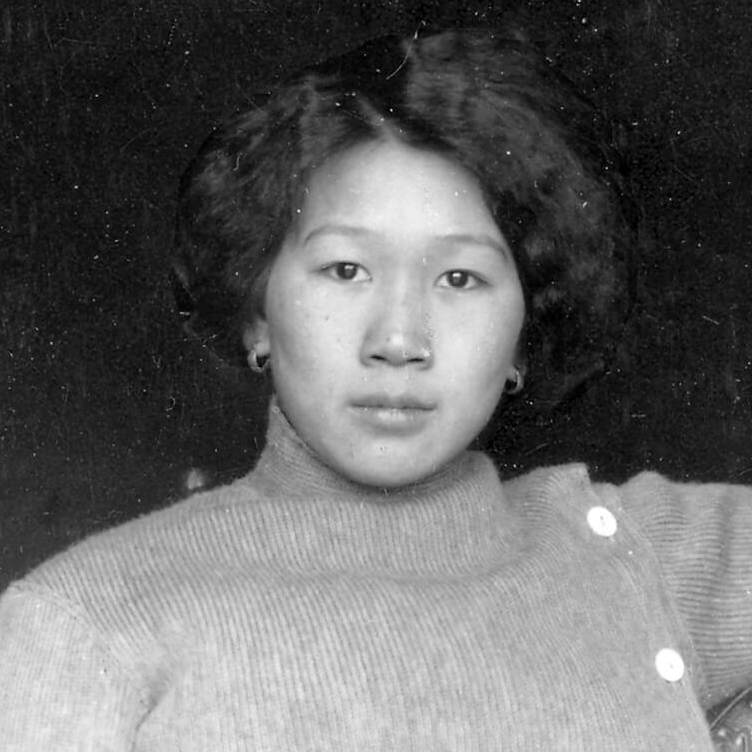 The Frontier Portraits of C.D. Hoy
A Chinese Canadian Photographer’s Tribute to His Community
By Faith Moosang
The Frontier Portraits of C.D. Hoy
A Chinese Canadian Photographer’s Tribute to His Community
By Faith Moosang
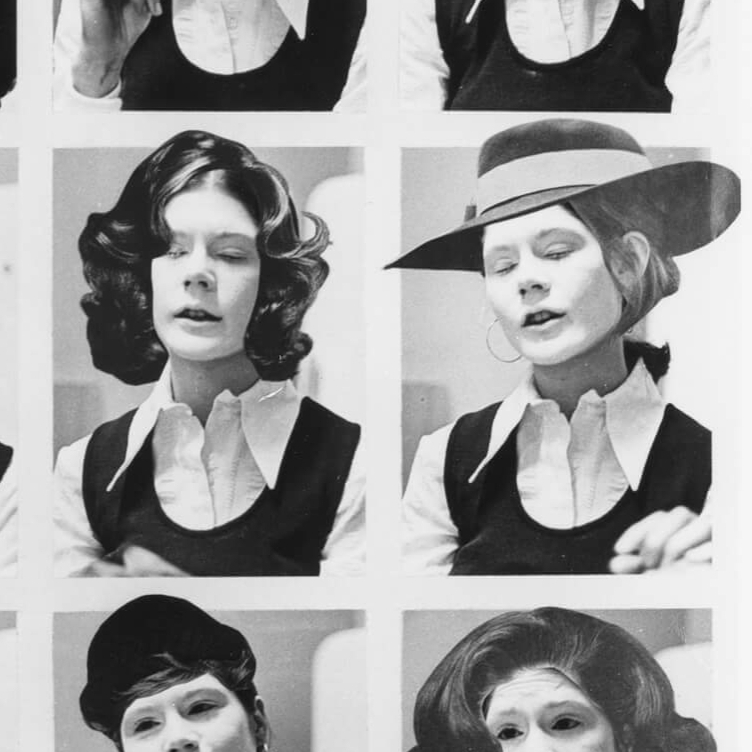 Interrogating Identity
Suzy Lake explores the role of photography in shaping how we understand and see ourselves
By Erin Silver
Interrogating Identity
Suzy Lake explores the role of photography in shaping how we understand and see ourselves
By Erin Silver
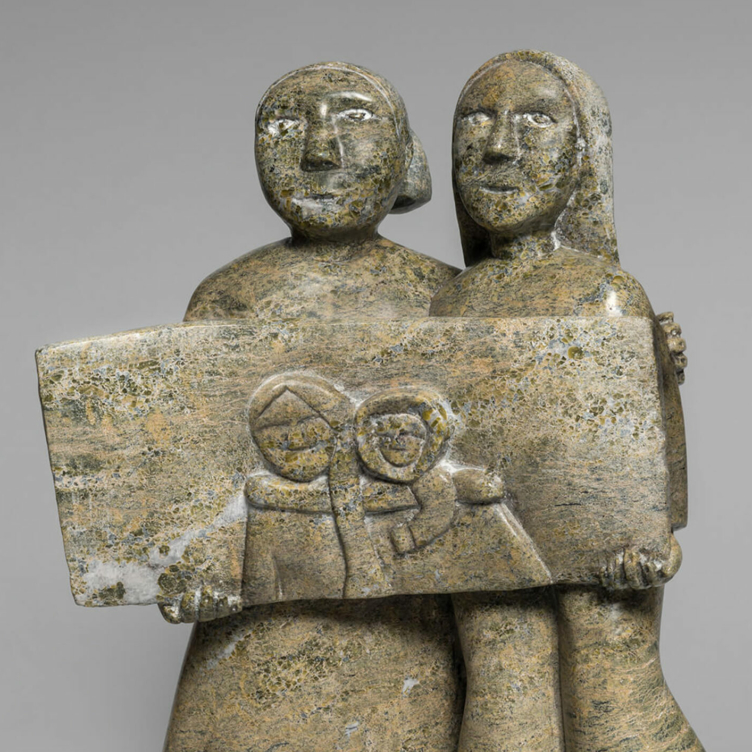 An Emboldened Artist
How Oviloo Tunnillie achieved rare international acclaim as an Inuit female sculptor
By Darlene Coward Wight
An Emboldened Artist
How Oviloo Tunnillie achieved rare international acclaim as an Inuit female sculptor
By Darlene Coward Wight
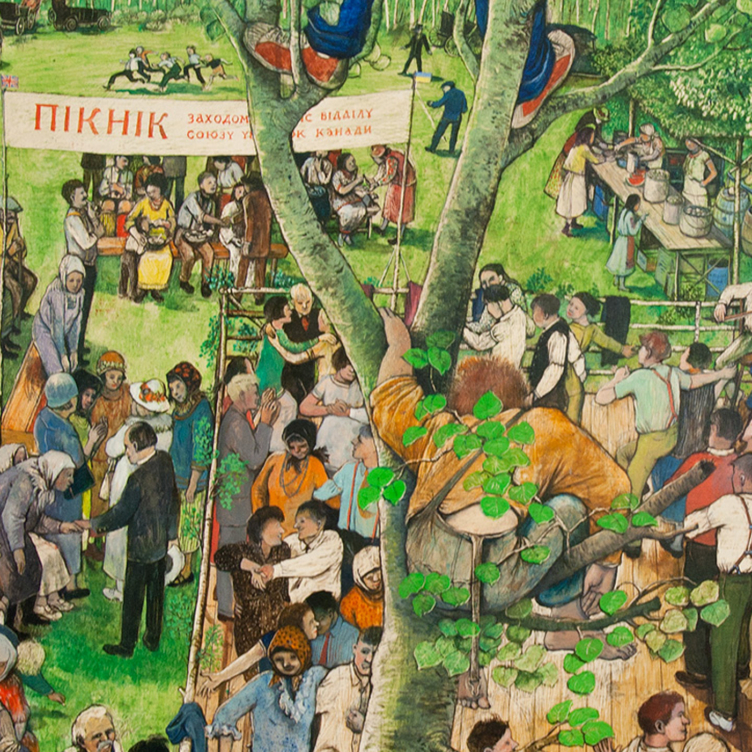 Painting the Cultural Mosaic
William Kurelek traversed the country in a quest to capture its diverse inhabitants
By Andrew Kear
Painting the Cultural Mosaic
William Kurelek traversed the country in a quest to capture its diverse inhabitants
By Andrew Kear
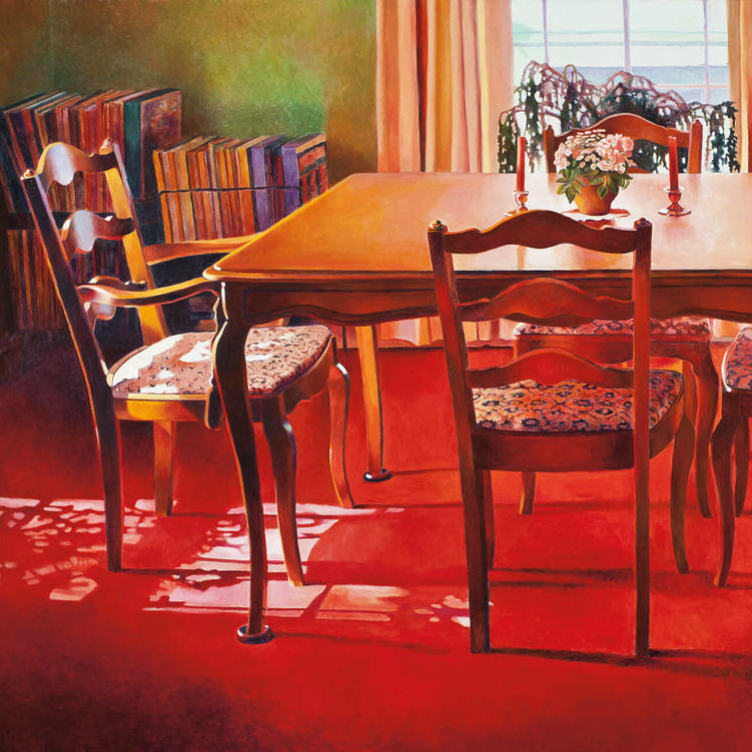 Domestic Discontent
Mary Pratt’s poetic scenes of home life are praised for their political edge
By Ray Cronin
Domestic Discontent
Mary Pratt’s poetic scenes of home life are praised for their political edge
By Ray Cronin
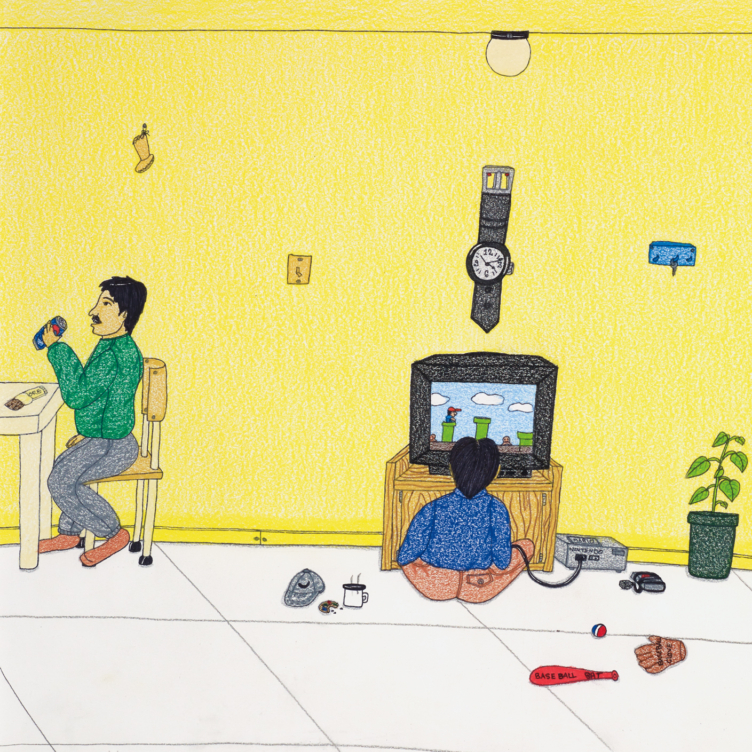 A New Vision of the North
Annie Pootoogook’s art offers unprecedented insights into the contemporary Arctic
By Nancy G. Campbell
A New Vision of the North
Annie Pootoogook’s art offers unprecedented insights into the contemporary Arctic
By Nancy G. Campbell
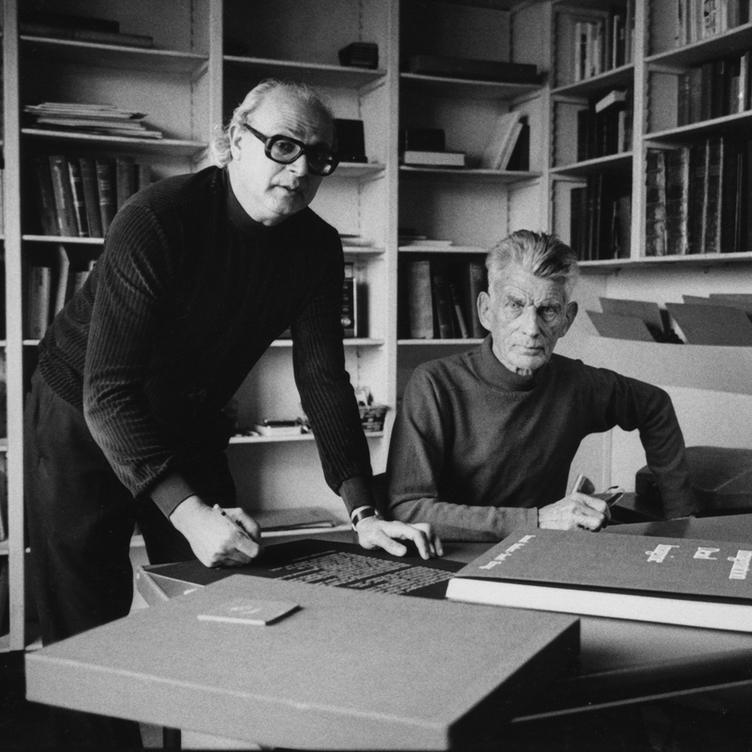 Meetings of Minds
Sorel Etrog found new ideas in collaborative work
By Alma Mikulinsky
Meetings of Minds
Sorel Etrog found new ideas in collaborative work
By Alma Mikulinsky
 Introducing Miss Chief
An excerpt from the ACI’s book “Revision and Resistance”
By Shirley Madill
Introducing Miss Chief
An excerpt from the ACI’s book “Revision and Resistance”
By Shirley Madill
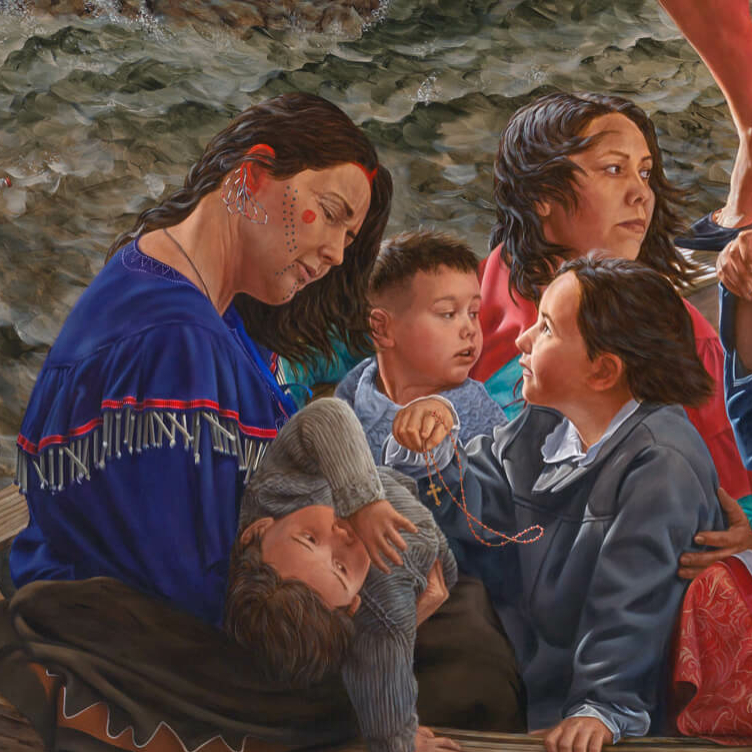 A Practice of Recovery
An excerpt from the ACI’s book “Revision and Resistance”
By Sasha Suda
A Practice of Recovery
An excerpt from the ACI’s book “Revision and Resistance”
By Sasha Suda
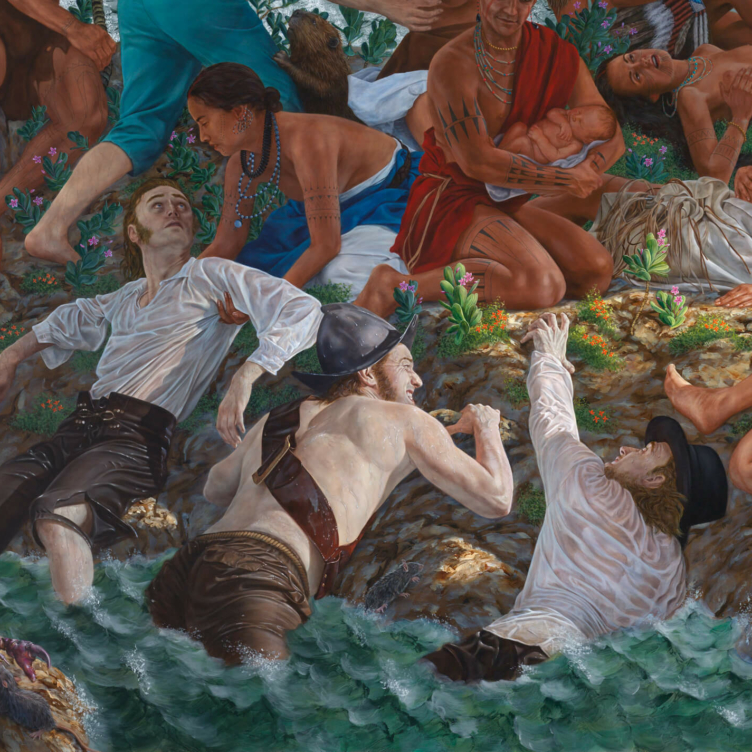 Decolonizing History Painting
An excerpt from the ACI’s book “Revision and Resistance”
By Ruth B. Phillips and Mark Salber Phillips
Decolonizing History Painting
An excerpt from the ACI’s book “Revision and Resistance”
By Ruth B. Phillips and Mark Salber Phillips
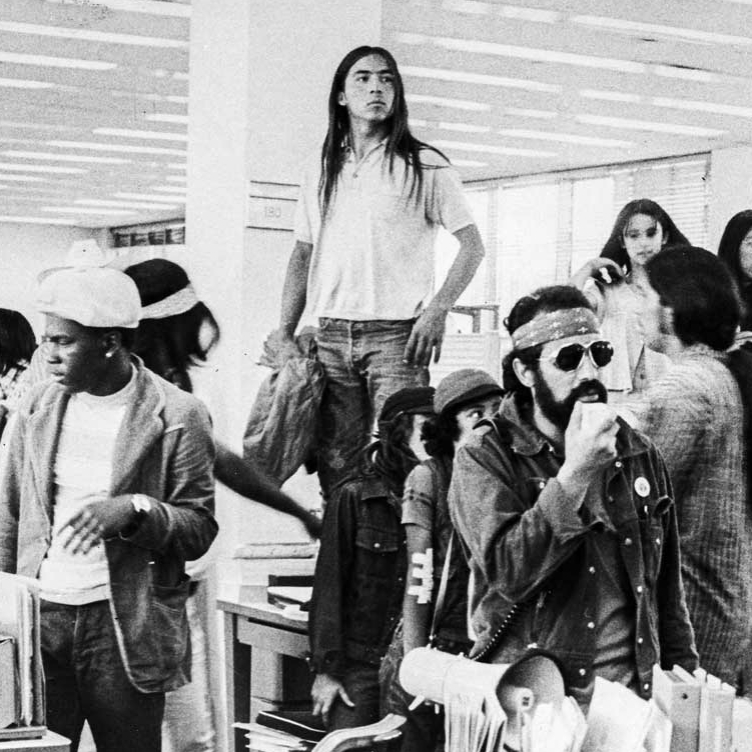 A Vision for the Future
An excerpt from the ACI’s book “Revision and Resistance”
By Nick Estes
A Vision for the Future
An excerpt from the ACI’s book “Revision and Resistance”
By Nick Estes
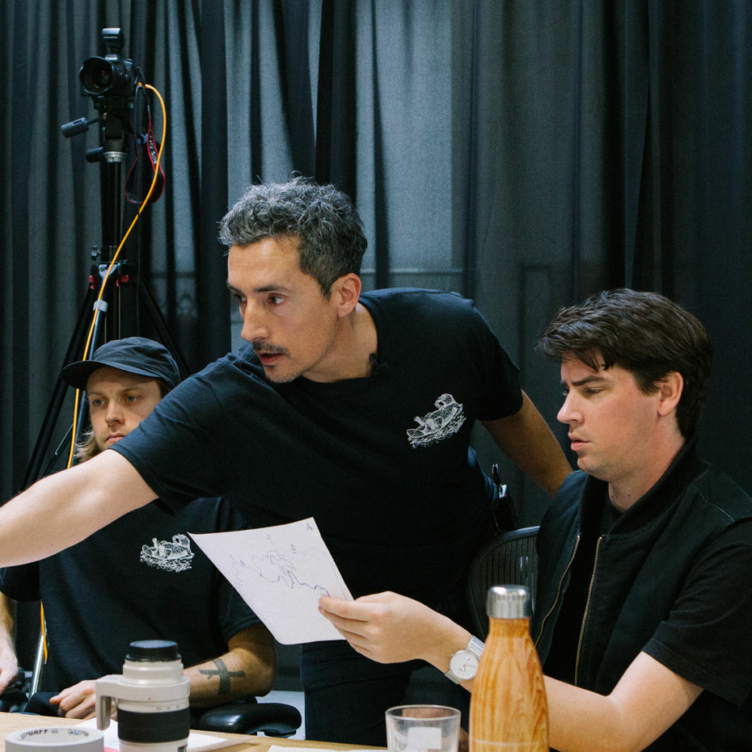 Inside Kent Monkman’s Studio
An excerpt from the ACI’s book “Revision and Resistance”
By Jami C. Powell
Inside Kent Monkman’s Studio
An excerpt from the ACI’s book “Revision and Resistance”
By Jami C. Powell
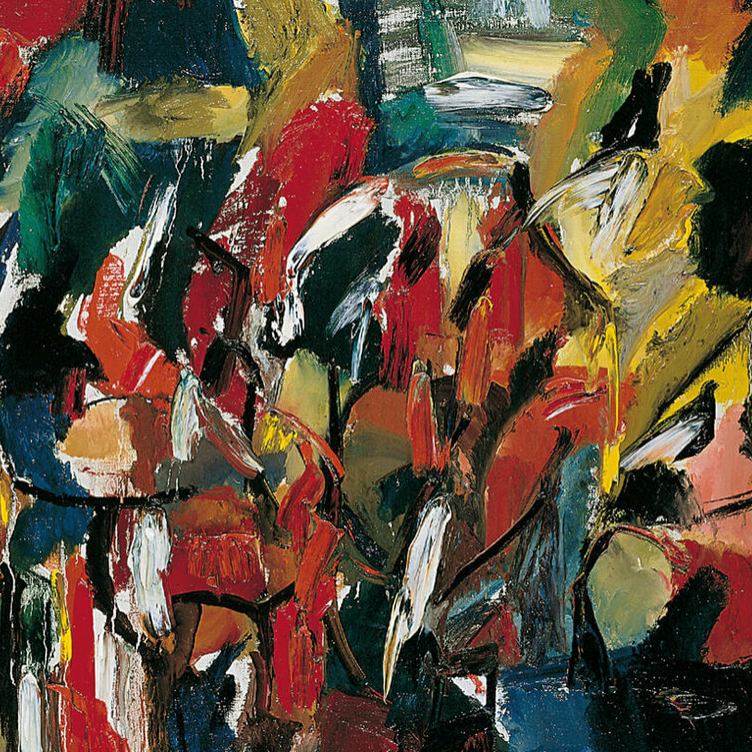 The Rule of Chance
Jean Paul Riopelle’s break with Automatism
By François-Marc Gagnon
The Rule of Chance
Jean Paul Riopelle’s break with Automatism
By François-Marc Gagnon
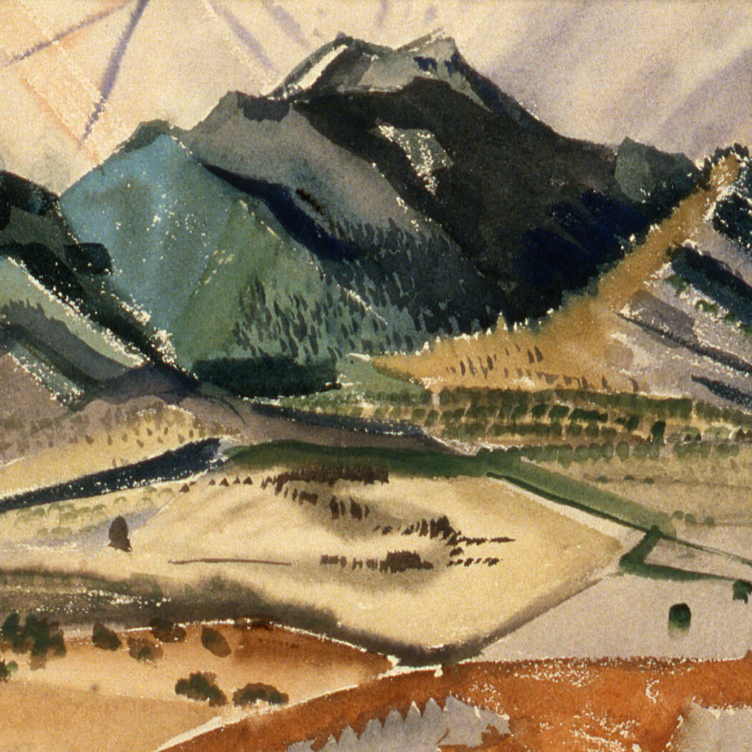 From Taos to New York
Agnes Martin and the currents of American Art
By Christopher Régimbal
From Taos to New York
Agnes Martin and the currents of American Art
By Christopher Régimbal
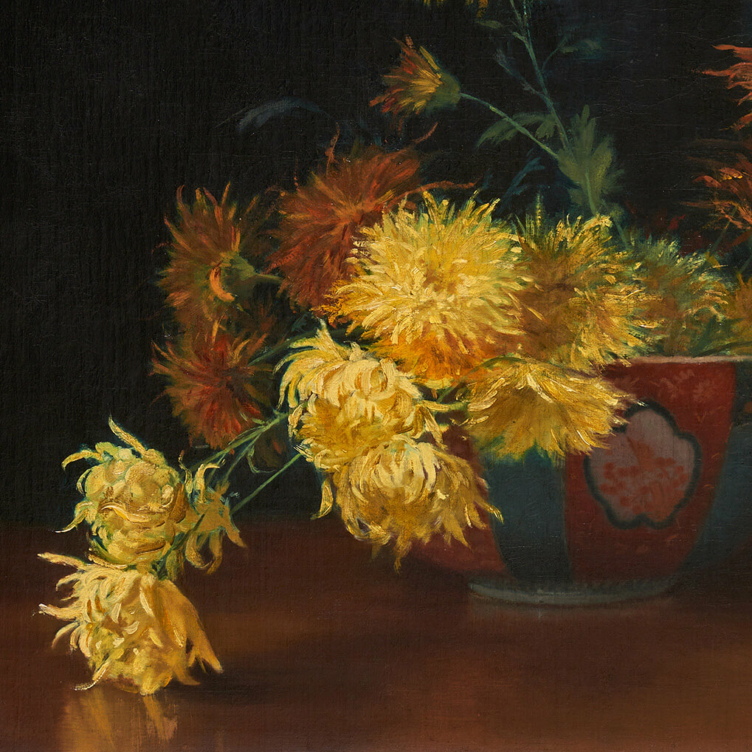 An Artist Blooms
Mary Hiester Reid’s floral aesthetics
By Andrea Terry
An Artist Blooms
Mary Hiester Reid’s floral aesthetics
By Andrea Terry
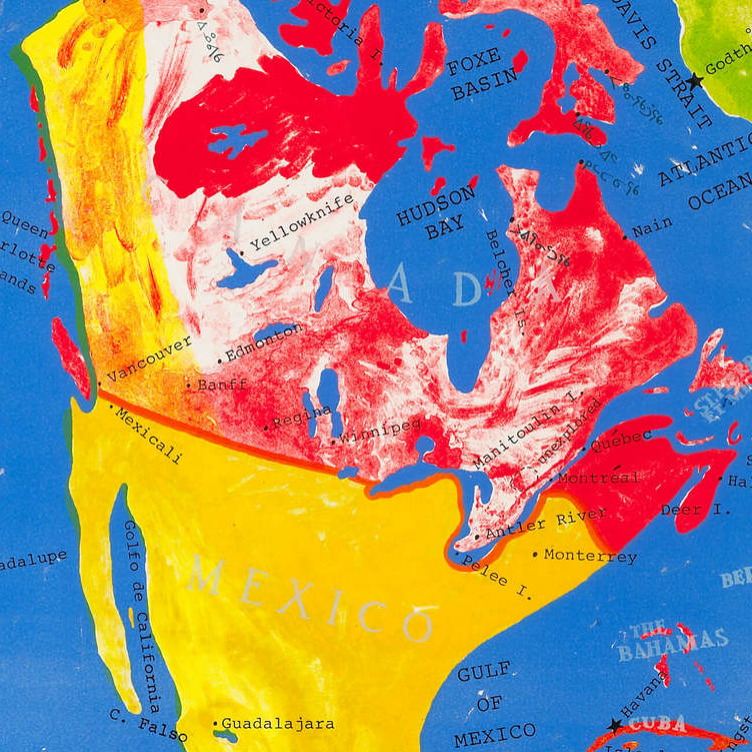 The Patriotic Painter
Greg Curnoe’s Canada
By Judith Rodger
The Patriotic Painter
Greg Curnoe’s Canada
By Judith Rodger
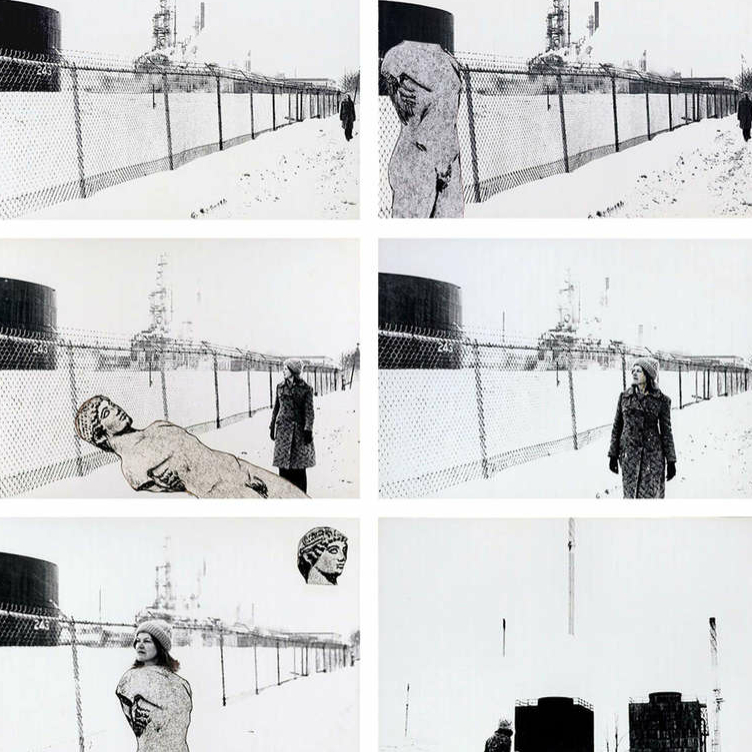 Walking, Stacking, Dancing
Françoise Sullivan’s conceptual 1970s
By Annie Gérin
Walking, Stacking, Dancing
Françoise Sullivan’s conceptual 1970s
By Annie Gérin
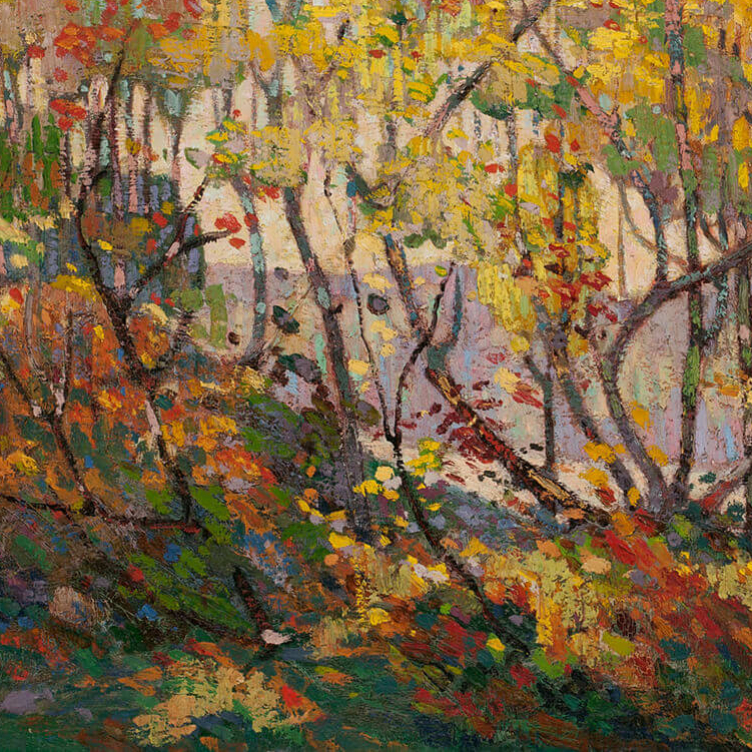 The Extraordinary North
Tom Thomson’s diary of landscape
By David P. Silcox
The Extraordinary North
Tom Thomson’s diary of landscape
By David P. Silcox
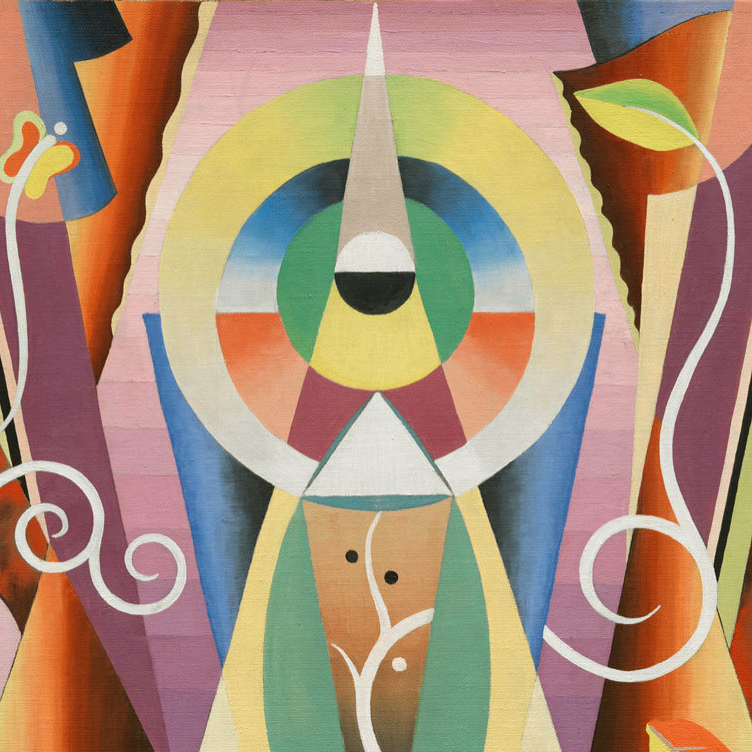 A Champion of Abstraction
Jock Macdonald sought a new expression in art
By Joyce Zemans
A Champion of Abstraction
Jock Macdonald sought a new expression in art
By Joyce Zemans